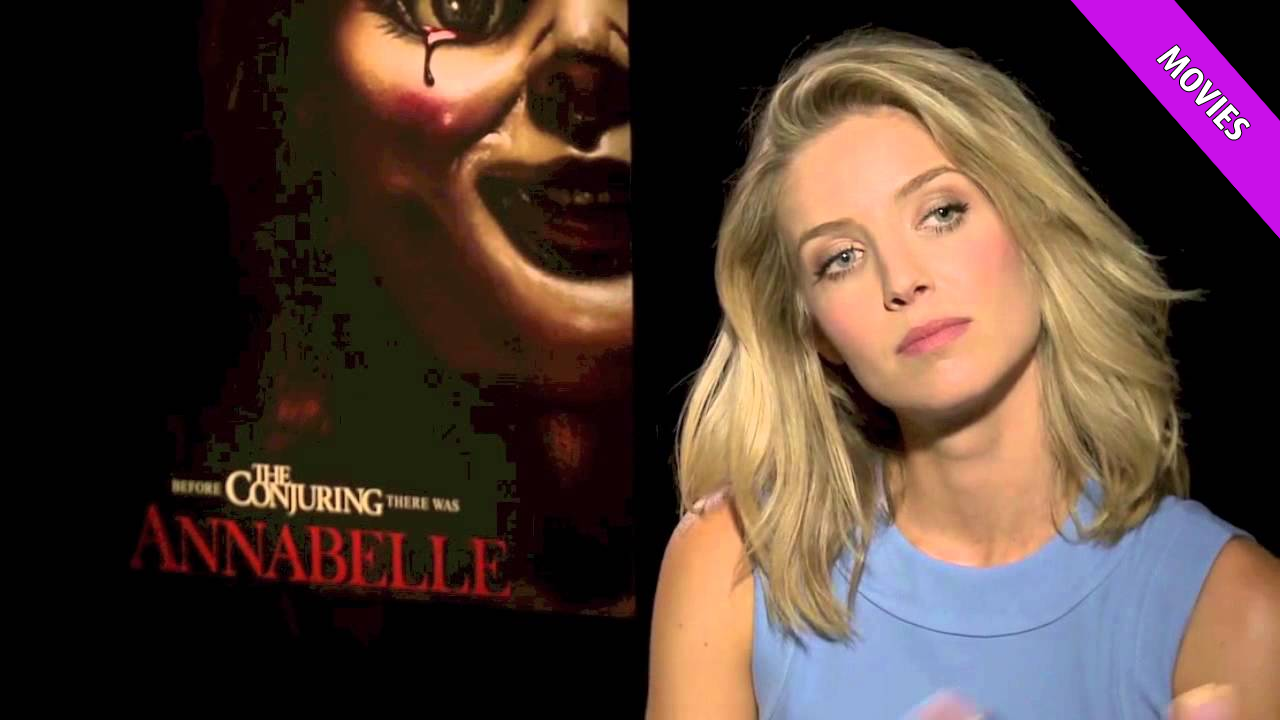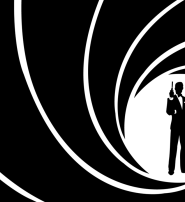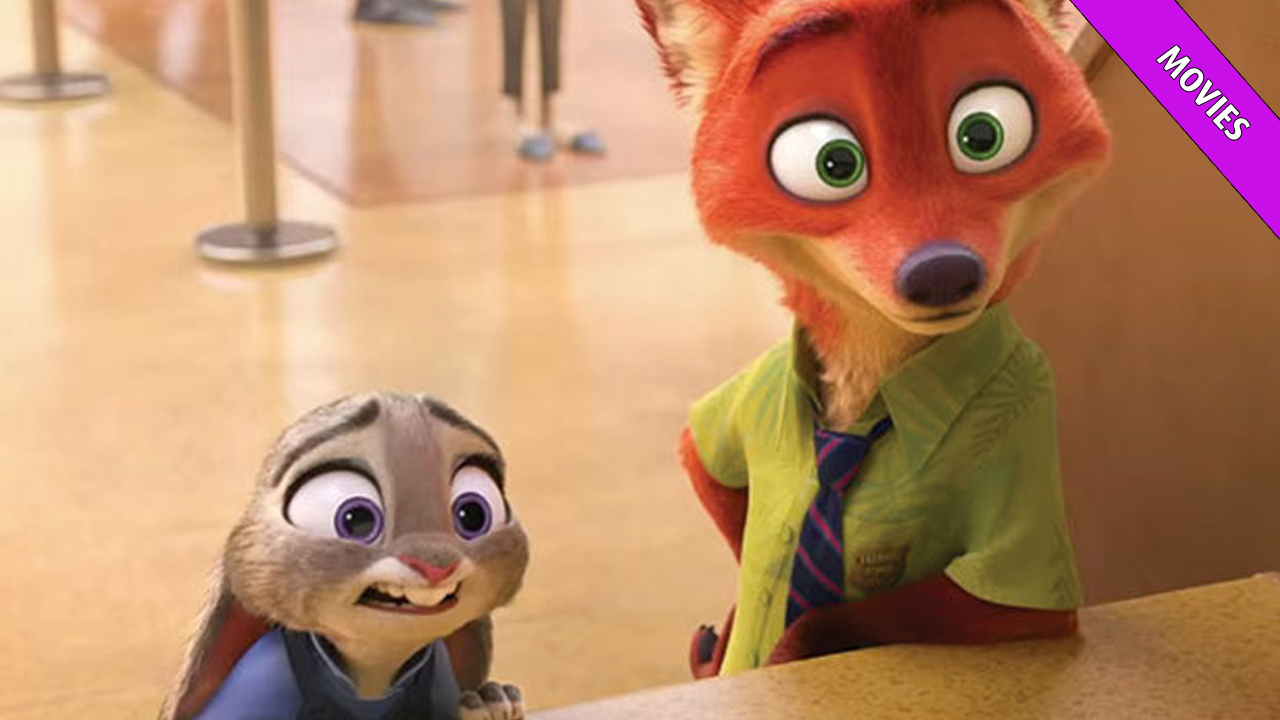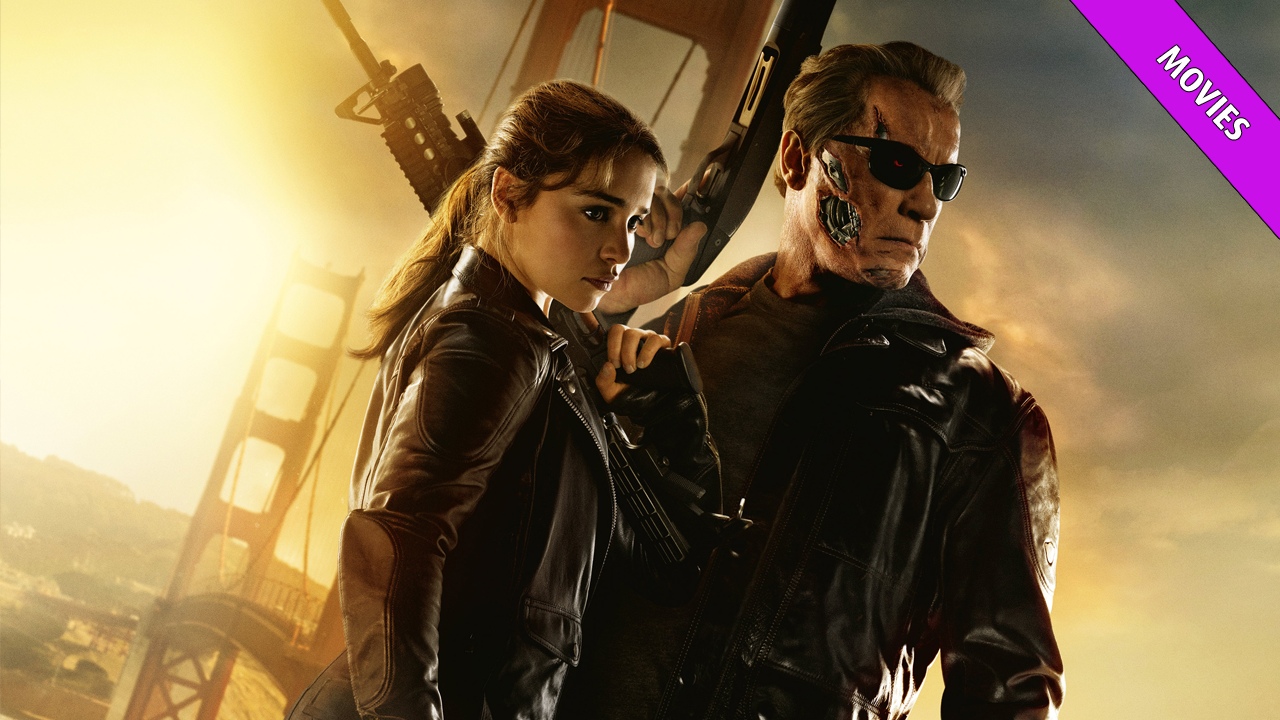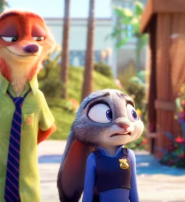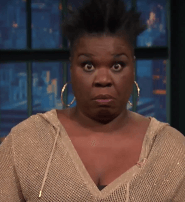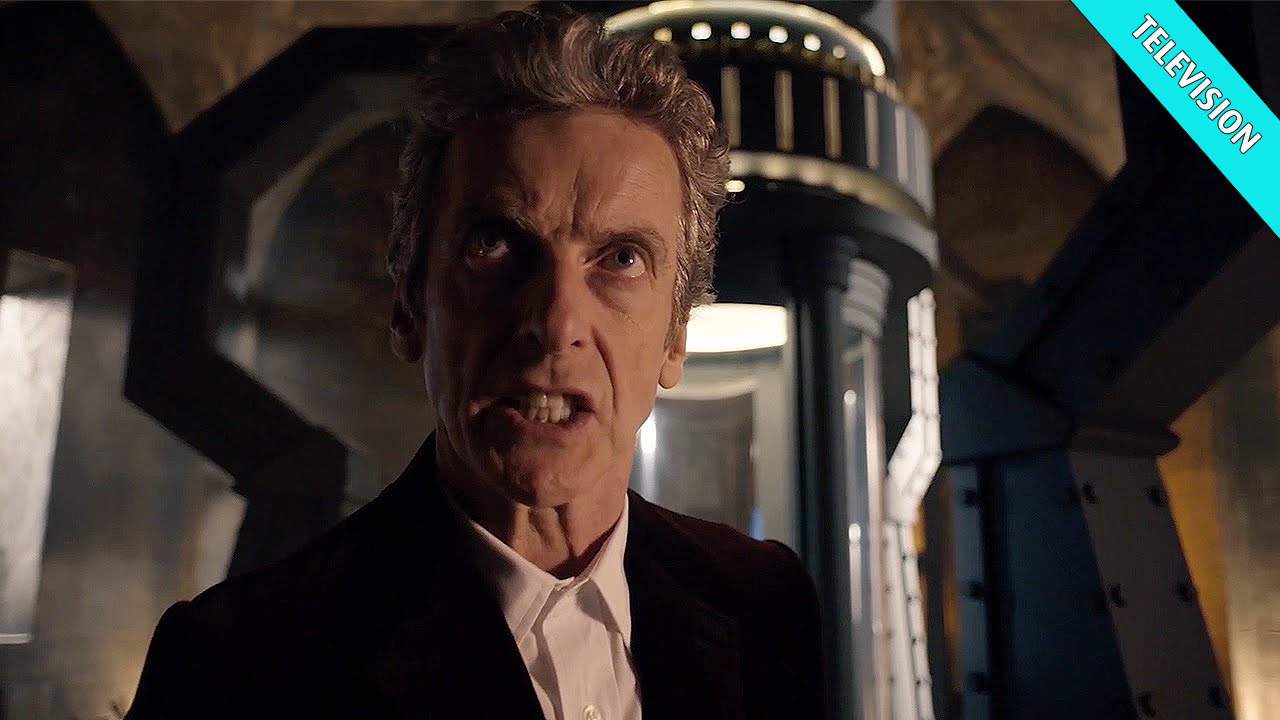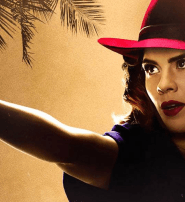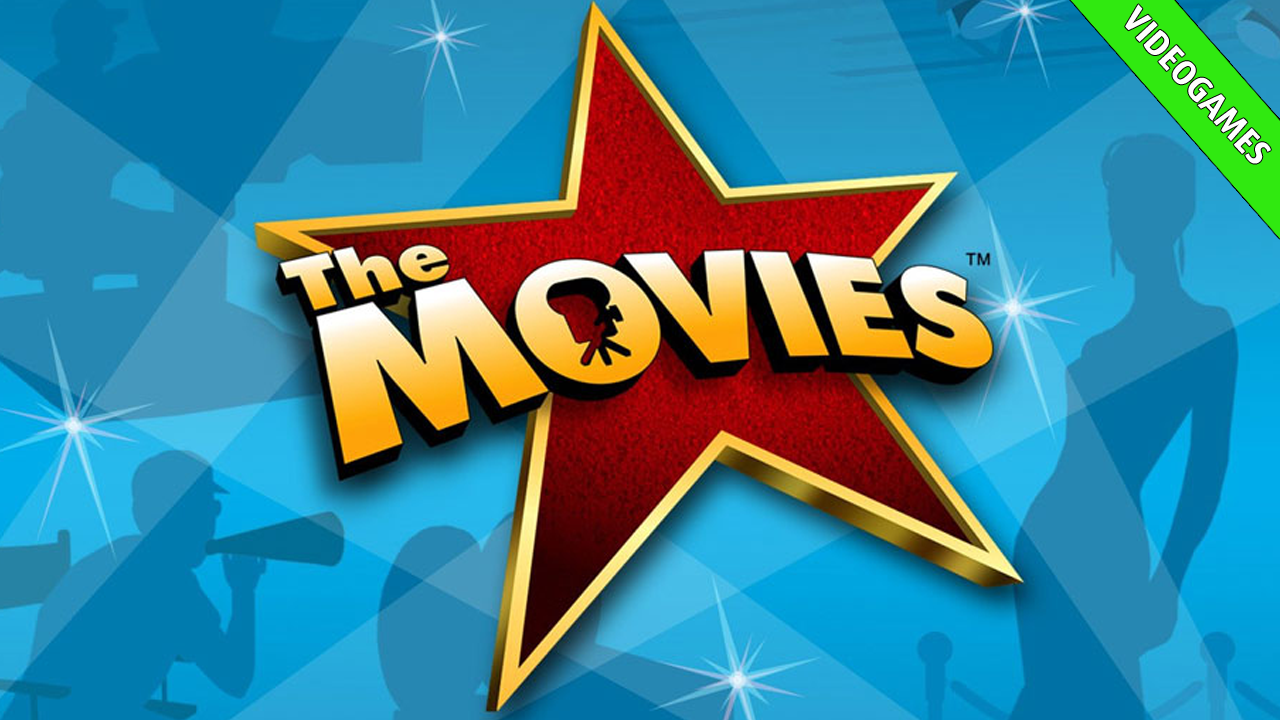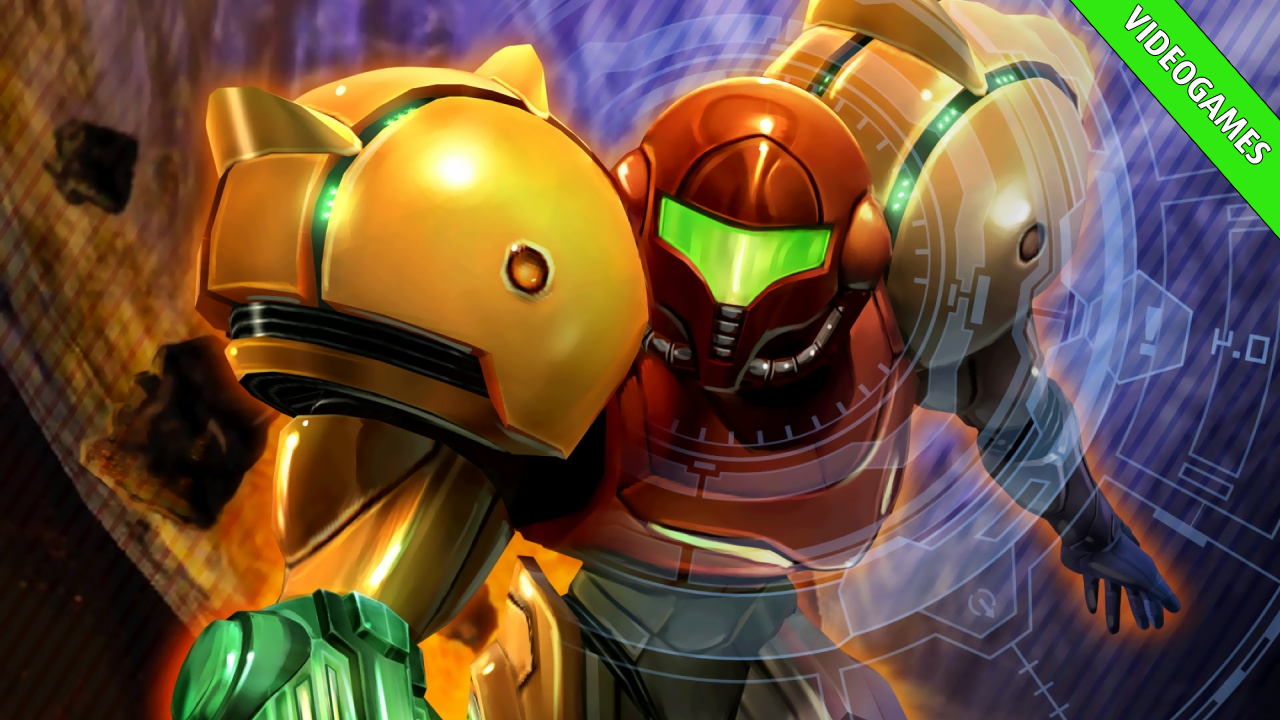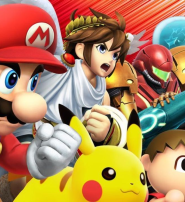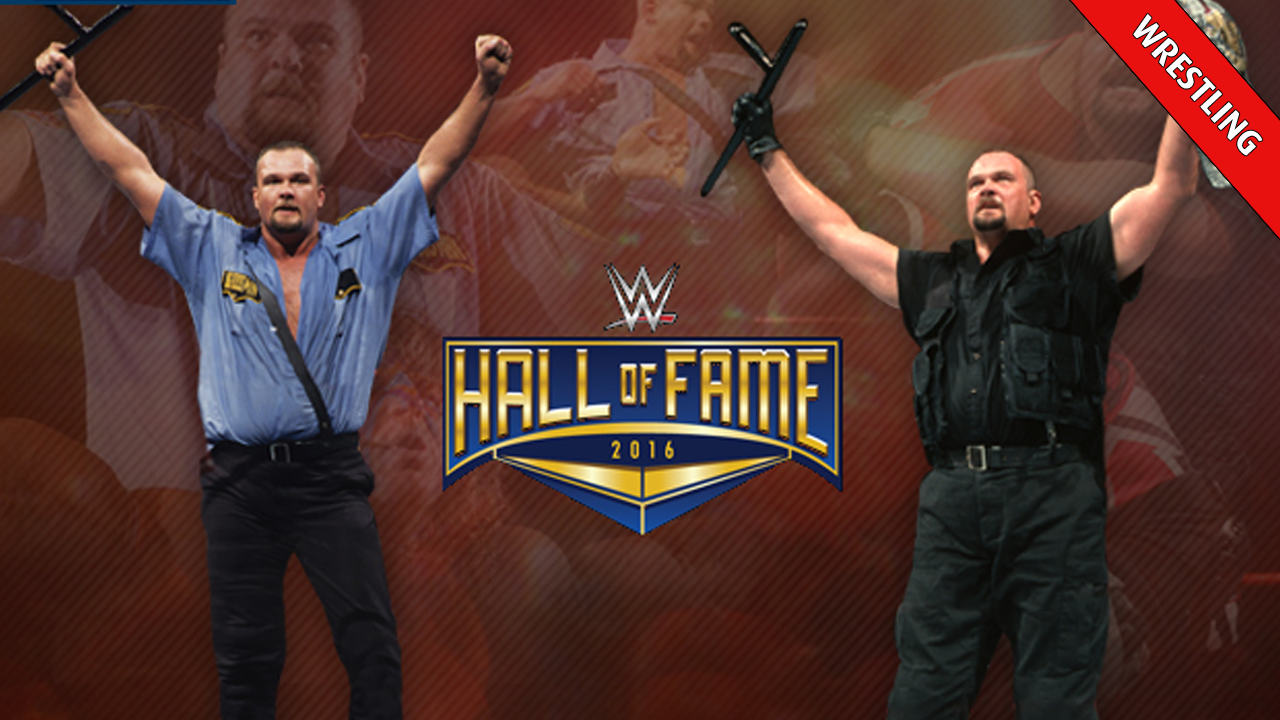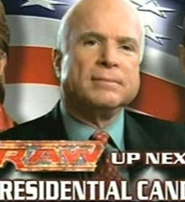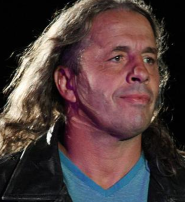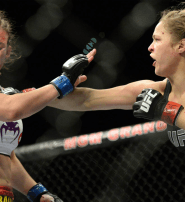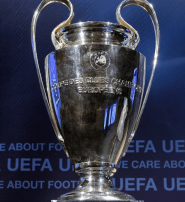Alice In Wonderland Review (1951)
When you look back at all the films that Walt Disney brought under his wing, none have the kind of troubled path to release that Alice in Wonderland wandered. Here was a film that Disney had dabbled in much earlier in his career when he created the short animation Alice’s Wonderland and one that he desperately wanted to do justice with. Unfortunately setbacks galore meant that the film endured many false starts through the 1930’s and 1940’s; being pushed out the way for more profitable projects such as Pinnochio and Bambi. Add in the fact that the Carrol’s novels hardly leant themselves to the traditional linear narrative and you have a situation where Walt’s dream forever seemed just out of reach.
There’s a famous quote about Alice in Wonderland that tends to appear across all texts that come to discuss it critically; which comes from Ward Kimball.
“Here was a case of five directors each trying to top the other guy and make his sequence the biggest and craziest in the show. This had a self-cancelling effect on the final product”
The reason I bring this up because when talking about the story of Alice in Wonderland (As this paragraph always does) it’s important to stress that this film really doesn’t have a plot. It starts off with Alice daydreaming under a tree with her cat but very quickly escalates to the stage where narrative goes out the window. Events happen for sure but the sequences are barely linked and urgently not worth stressing. Instead it’s better to just say “it happens”.
And this is the biggest reason the film was panned so heavily upon it’s initial release. Critics despised it while audiences simply failed to grasp what was on screen. Many felt it was an abomination to Carrol’s novels and labelled it a travesty. Yet upon it’s 1974 re-release the film found a more forgiving audience – one which seemed to enjoy its loose narrative more and one which finally turned the film into a profitable flick for the Disney company (albeit one that Walt never got to see as a success).
So onto the film and we have to say that it’s vividly beautiful. If nothing else you can’t help but be dragged in by the zany visuals and outright silly nature of it all. One aspect I really appreciate his how realistic the opening and closing sections are. For all the confusion and mess that follows; it’s easy to tell which parts of the film are happening in the real world and which ones are happening in Wonderland. It’s obvious when the switch happens (The art-deco furniture floating past Alice is a big hint). The Cheshire Cat jumps off the screen while Alice herself is expressive enough to keep herself interesting. Mary Blair’s art direction keeps Wonderland looking visually stunning and as we reach the films climax – the Queen of Heart’s castle is visually stunning. A catalogue of beautifully designed and coloured spaces in a film that begs to be visually enjoyed.
It’s such a shame then that we’re landed with Alice, a lead character who has the emotional depth of a paddling pool. No where does this become more apparent than the scene in the Tulgey Wood where a weeping Alice sings “Very Good Advise” and begs the audience to feel sorry for her. But we don’t and there’s reasons for this. The film never really allows us to see what Alice is thinking. Because most of the conversations are so over the top, we never get an emotional gauge on Alice and so we never get the kind of insight into her mind that we need to know how she’s feeling about all this. Put simply we never really get the feeling that this is anything but a dream to Alice (and at the end it turns out to be just that) so the stakes never really move beyond “oh well”. It’s awkwardly shallow of Disney and arguably one of the reasons Alice very rarely pops up in discussion of Disney’s finest heroines – because she contributes naff all to proceedings.
Elsewhere the film makes no effort to hide the fact that it’s supporting case are largely vacant in the personality department – cranking up the raucous energy to 11 in the hopes of disguising any shortcomings. No where does this become more apparent than in the Tweedle Dum and Tweedle Dee sequence where by the end of it all – you’re kind of grateful it’s over. Their stories while visually striking, arguably the high point for the films style. But so filled with fluff and so awkwardly sidewards to the whole story that you can’t help but feel it’s all a tiny bit pointless. But for all this critique – it’s the Cheshire Cat and Queen of Hearts that end up stealing the show. So vividly individual and so brilliantly barmy that you can’t help but be drawn in by their over the top natures. Cheshire’s grin so infectious and his bouncing tones matched by a brilliant attention to detail that brings a level of malice to his presence that doesn’t exist in the rest of the film.
As for songs it’s fair to say this wasn’t Disney’s finest hour. As was the case in a number of silver-age films; Disney’s inability to create consistently quality songs leads to a soundtrack that’s top heavy and very forgettable. Bar the Mad Hatter sequence most of the songs are average at best.
Ultimately Alice in Wonderland is a hugely experimental piece that you’ll either adore for it’s vivid visual style or detest for it’s lack of emotional depth. It’s a movie that really exists as a poster child for avant-garde expression through Disney’s animation studio and it’s a difficult one to swallow if you’re a fan of story in your Disney films. It’s certainly not bad but you can tell Walt Disney wasn’t interested in this flick (One of the reasons he spent more time working on Peter Pan). It’s a fine film – but your mileage may vary.
Overview: Fun, expressive and ultimately a visual treat. Let down by an insanely lacking narrative that turns this into a love-hate classic from Disney.
